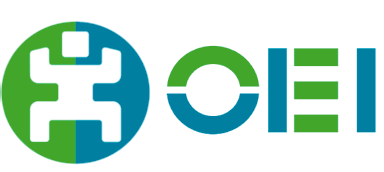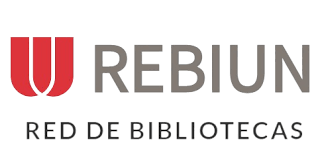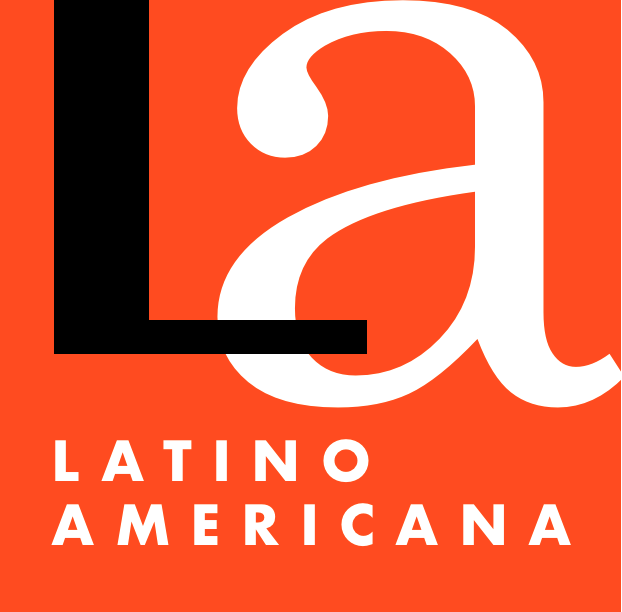Inclusive Educational Leadership
DOI:
https://doi.org/10.4067/s0718-73782023000200017Keywords:
Educational leadership, Inclusive leadership, Inclusive school, School organisationAbstract
If we argue that education, to be inclusive, must be inclusive, we should argue that educational leadership, to be inclusive, should also be inclusive. And we certainly do. However, just as we do with education, which we desist from losing the adjective ‘inclusive’ in order to reinforce with its presence the need for it to be an education of all people and for all people, it is necessary to speak of inclusive educational leadership to strongly underline the idea that leadership in education must have the learning and participation of each and every person in the educational community as its top priority.
The different studies carried out to identify the characteristics of people who exercise educational leadership that favours inclusion have made some interesting contributions that help to provide guidelines on some leadership models and practices that seem to be at the basis of this conception of inclusive leadership. Thus, this type of leadership draws on other proposals such as transformational leadership, pedagogical leadership or distributed leadership. And they share many elements with educational leadership for social justice, so much so that it is not uncommon to call it inclusive leadership and leadership for social justice.
In this sense, it should be emphasised that we are thinking of a leadership exercised by a group of people working together, focused on creating an educational community that fights against any kind of selection, marginalisation or exclusion and that favours the integral development and full participation of all the people in the educational community, through a culture and practices of differential support, respecting and valuing the diversity of each student.
It is a democratic leadership that contributes to building a community of mutual care where all people, regardless of their social class, ethno-cultural group, educational need, gender identity, sexual choice or other personal or social characteristics, learn and develop together, and which, in addition, is a lever for transformation to achieve a more inclusive, equitable and just society.
Published
How to Cite
Issue
Section
License

This work is licensed under a Creative Commons Attribution 4.0 International License.
Creative Commons Reconocimiento (by)
Esta licencia permite la explotación de la obra, así como la creación de obras derivadas, la distribución de las cuales también está permitida con la condición de que se haga referencia expresa al autor/a, es decir, que aparezca su nombre en cualquier uso o acto de explotación que se haga de la obra.












